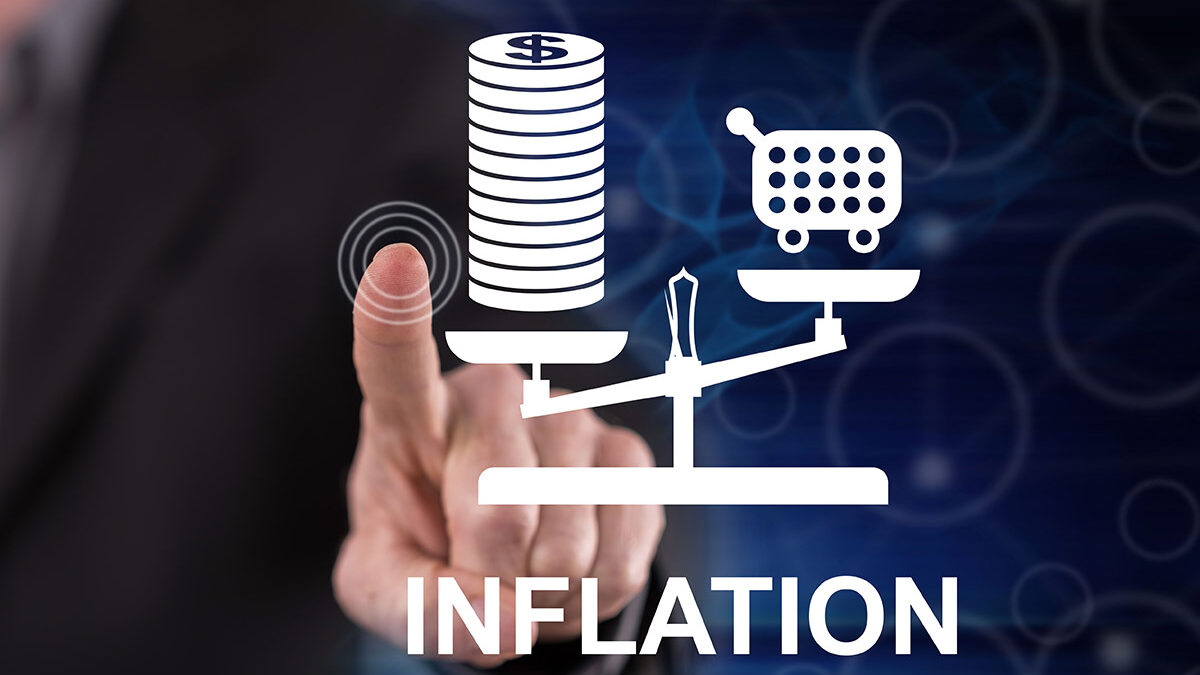Eurozone Inflation Dips, ECB Rate Cut Expectations Rise
In a surprising turn of events, inflation in the Eurozone took an unexpected downturn last month, fueling discussions about the European Central Bank’s (ECB) contemplation of reducing borrowing costs from their current historic highs.
Consumer price growth within the bloc decelerated to 2.4% in March, down from the preceding month’s 2.6%, falling short of the consensus forecast for a 2.5% uptick.
Similarly, core inflation, which excludes volatile elements and is closely monitored by the ECB, slipped to 2.9% from February’s 3.1%, below the anticipated 3.0%.
While overall inflation declined, services inflation persisted at 4.0% for several months, indicating sustained upward pressure on prices propelled by robust wage growth in the sector.
The Eurozone has witnessed a continual descent in inflation for over a year, gaining momentum since last autumn, surpassing initial projections.
This downward trend in inflation has triggered deliberations regarding the timing and extent of potential rate cuts by the ECB.
While the ECB is anticipated to acknowledge the improved economic outlook in its upcoming policy meeting, immediate rate cuts are unlikely. Instead, policymakers have hinted at June being a pivotal meeting for policy decisions.
Market participants have already factored in a rate cut for June and anticipate further reductions later in the year. However, the ECB remains cautious, aiming for inflation to meet its 2% target by the following year.
Despite notable wage growth in recent quarters, the pace is decelerating, gradually restoring the purchasing power lost during periods of rapid inflation. Nonetheless, unemployment remains at a record low of 6.5%, indicating a tight labor market.
While oil prices have been steadily climbing, natural gas prices remain subdued, partially due to a mild winter. This situation poses mild risks concerning energy costs, though they are deemed manageable.
Some policymakers argue that economic growth in the Eurozone is exceptionally feeble, as the region has narrowly skirted a recession for six consecutive quarters. This dovish stance suggests a readiness to contemplate more accommodative monetary policies to bolster economic activity.
In conclusion, the recent inflation figures and economic indicators underscore the challenges confronting the Eurozone economy, prompting internal discussions within the ECB about potential policy adjustments to support growth and manage inflationary pressures.

